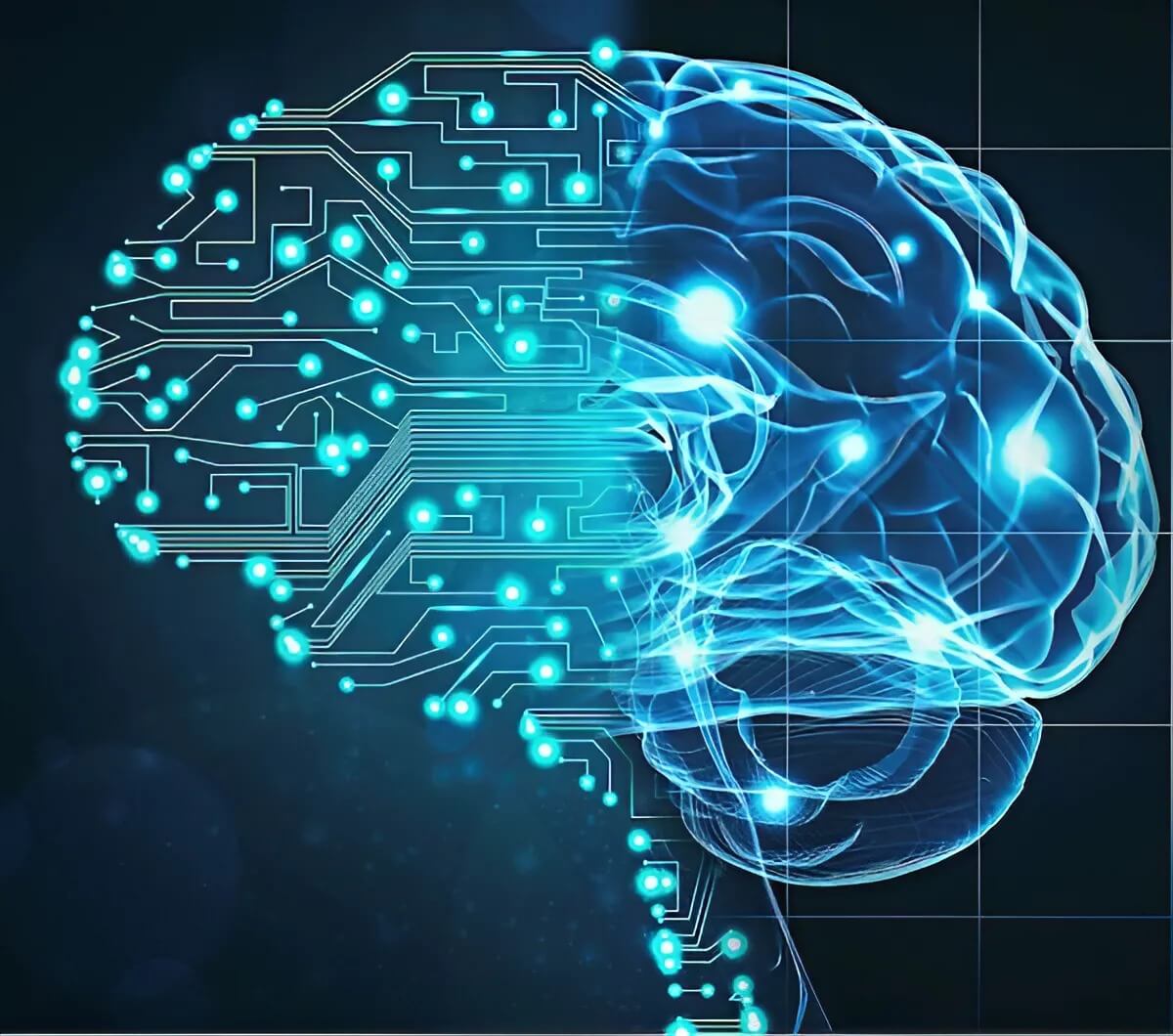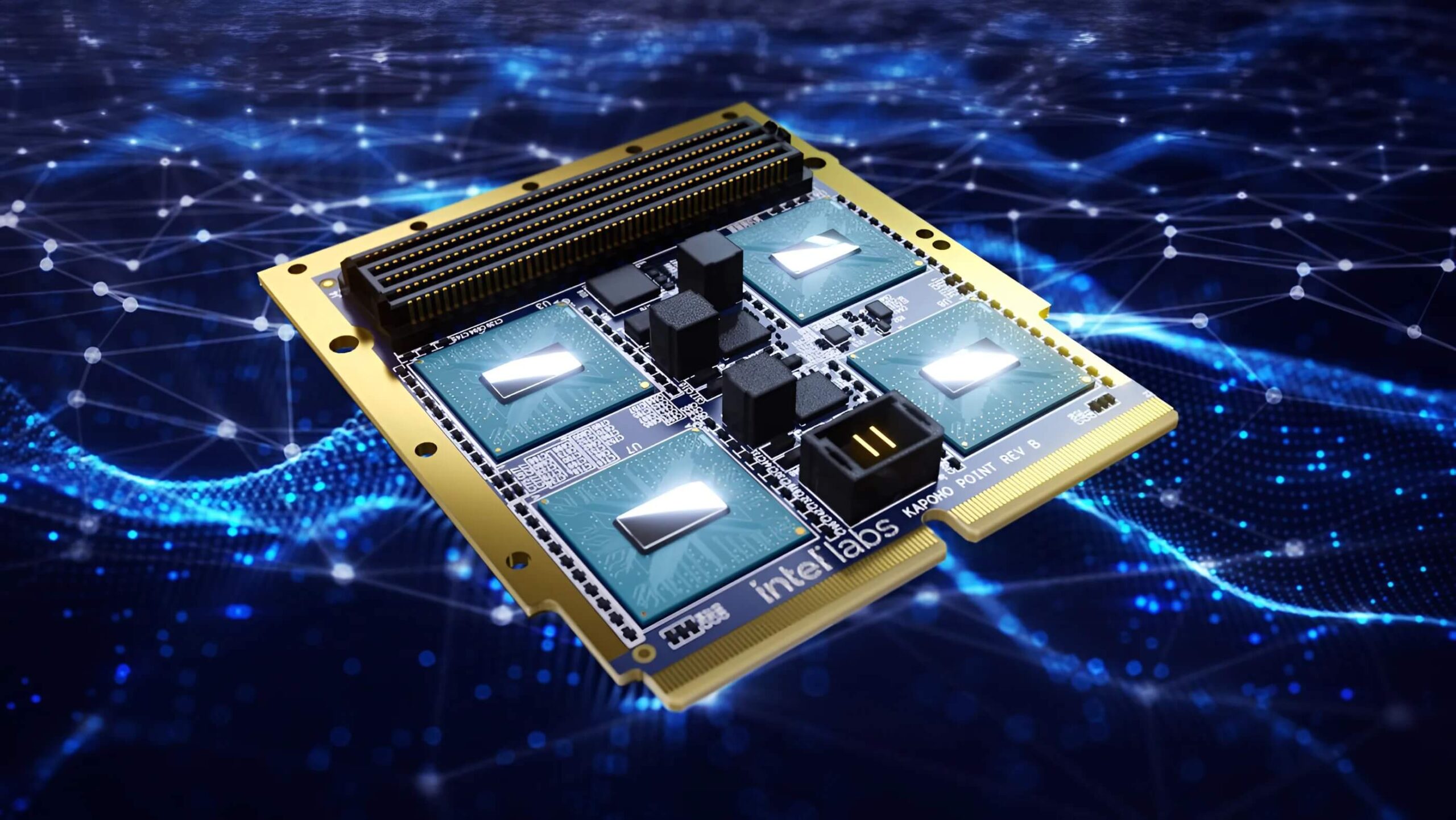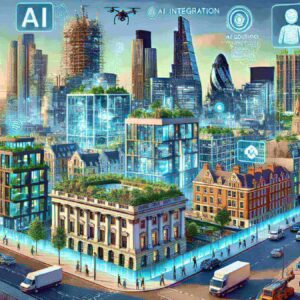Neuromorphic computing is reshaping the future of artificial intelligence by mimicking the human brain’s efficiency. This cutting-edge technology promises energy-efficient AI hardware, addressing global demands for sustainability. From healthcare to smart cities, its applications are vast. This article explores how neuromorphic computing is revolutionizing industries and its path forward.

What Is Neuromorphic Computing?
Unlike traditional processors, neuromorphic computing uses brain-inspired chips to process data. These chips replicate neural networks, enabling faster, energy-efficient computations. Traditional CPUs and GPUs rely on sequential processing, consuming significant power. Neuromorphic chips, however, handle tasks in parallel, reducing energy use dramatically.
This technology leverages spiking neural networks (SNNs) to mimic biological neurons. By firing only when needed, they save power compared to conventional systems. Companies like Intel with its Loihi chip are leading the charge. Neuromorphic computing is poised to redefine AI hardware efficiency.

Why Neuromorphic Computing Matters for Sustainability
The environmental impact of AI is a growing concern. Data centers powering AI consume massive energy, contributing to carbon emissions. Neuromorphic computing offers a solution by slashing power consumption. For instance, neuromorphic chips can reduce energy use by up to 1,000 times compared to GPUs.
This efficiency supports global sustainability goals, especially in energy-hungry regions like the US and UK. By adopting neuromorphic computing, industries can lower their carbon footprint. This aligns with green technology trends making it a critical innovation for a sustainable future.

Transforming Healthcare with Neuromorphic Chips
In healthcare, neuromorphic computing enables real-time data processing for diagnostics. Wearable devices powered by these chips can monitor vital signs with minimal energy. This allows continuous health tracking without frequent recharging, improving patient outcomes.
For example, neuromorphic systems can analyze complex medical imaging faster than traditional hardware. This speed enhances early disease detection, saving lives. Explore AI’s role in healthcare advancements for more insights. The technology’s low power needs make it ideal for remote medical applications.

Powering Autonomous Vehicles
Autonomous vehicles rely on AI for real-time decision-making. Neuromorphic computing enhances this by processing sensor data efficiently. Its low-latency, low-power design ensures vehicles react swiftly to obstacles, improving safety.
Companies like Tesla and Waymo could benefit from neuromorphic chips for edge computing. These chips handle complex tasks like object recognition with less energy than GPUs. This efficiency extends vehicle battery life, making self-driving cars more practical and eco-friendly.

Smart Cities and IoT Integration
Smart cities use AI to optimize traffic, energy, and public services. Neuromorphic computing supports this by enabling real-time data analysis with minimal power. For instance, traffic systems can adjust signals dynamically, reducing congestion and emissions.
In IoT, neuromorphic chips power connected devices like smart sensors. Their low energy needs ensure devices operate longer, reducing maintenance costs. Cities like London and New York are exploring these technologies for urban efficiency, showcasing global relevance.
Future Trends in Neuromorphic Computing
The future of neuromorphic computing is bright, with ongoing research advancing its potential. Universities like MIT and companies like IBM are developing next-gen chips. These aim to scale neuromorphic systems for broader applications, from robotics to cybersecurity.
Integration with quantum computing could further enhance performance. As quantum AI gains traction, hybrid systems may emerge. This convergence could unlock unprecedented computational power, driving innovation across industries.
Challenges in Adoption
Despite its promise, neuromorphic computing faces hurdles. Developing these chips requires significant investment and expertise. Current manufacturing processes are complex, limiting mass production. Additionally, software for neuromorphic systems is still evolving, posing compatibility issues.
Skilled talent is another bottleneck, as few engineers specialize in this field. However, as research progresses, these challenges are expected to diminish. Governments and tech giants are investing heavily, signaling strong future growth.
The Road Ahead for Neuromorphic Computing
Neuromorphic computing is set to transform AI hardware, offering sustainable solutions for a power-hungry world. Its applications in healthcare, autonomous vehicles, and smart cities highlight its versatility. As research advances, adoption will likely accelerate, especially in tech-driven markets like the US and UK.
To stay updated on AI innovations, check out our AI & Tech blog. Neuromorphic computing is not just a technological leap but a step toward a greener future. Its impact will shape industries for decades to come.
👉 To explore the latest AI trends and technology, visit Digipay.site – The place to constantly update information about the future.


